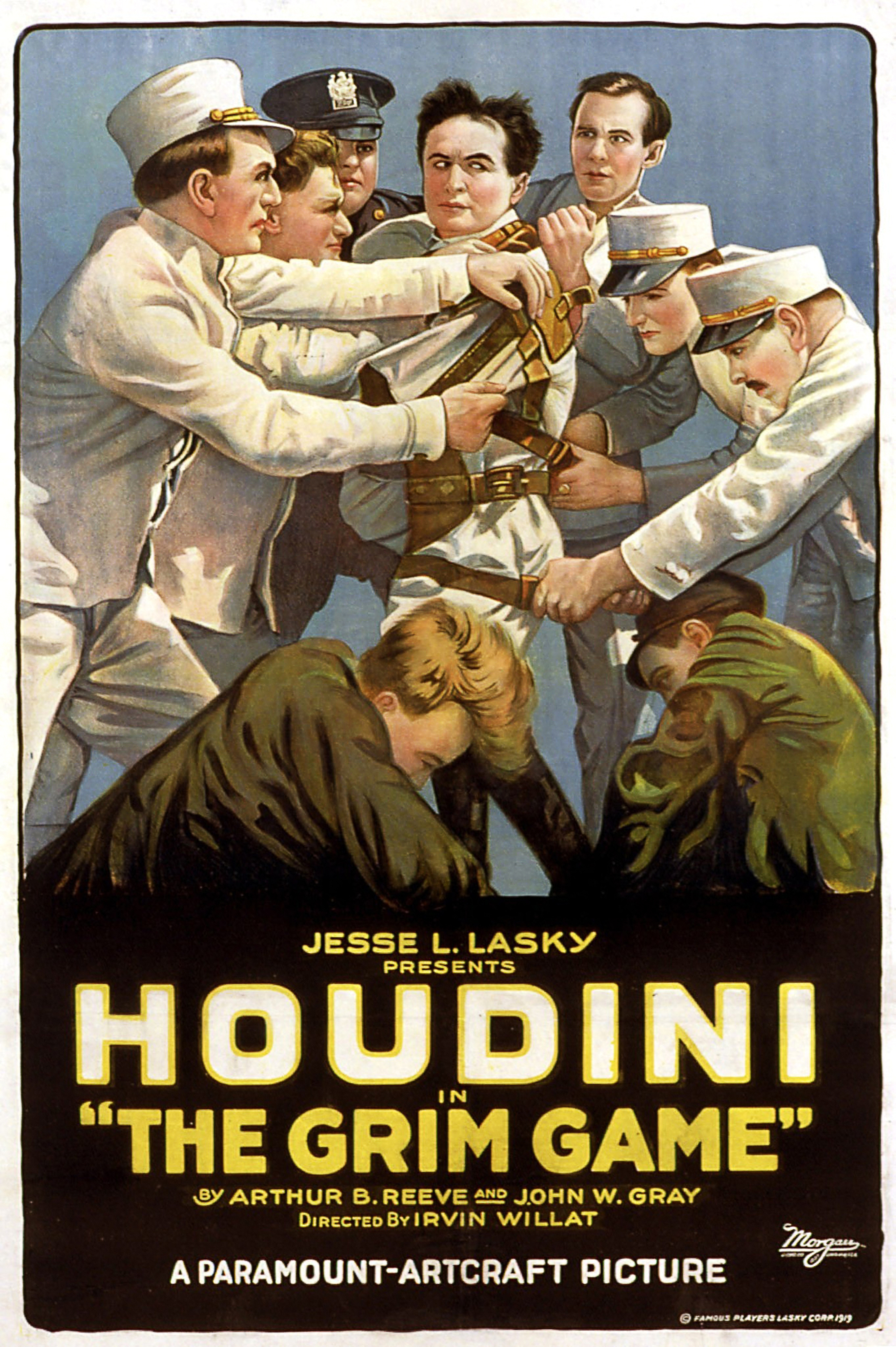A blog formerly known as Bookishness / By Charles Matthews
"Dazzled by so many and such marvelous inventions, the people of Macondo ... became indignant over the living images that the prosperous merchant Bruno Crespi projected in the theater with the lion-head ticket windows, for a character who had died and was buried in one film and for whose misfortune tears had been shed would reappear alive and transformed into an Arab in the next one. The audience, who had paid two cents apiece to share the difficulties of the actors, would not tolerate that outlandish fraud and they broke up the seats. The mayor, at the urging of Bruno Crespi, explained in a proclamation that the cinema was a machine of illusions that did not merit the emotional outbursts of the audience. With that discouraging explanation many ... decided not to return to the movies, considering that they already had too many troubles of their own to weep over the acted-out misfortunes of imaginary beings."--Gabriel García Márquez, One Hundred Years of Solitude
Sunday, November 1, 2015
The Grim Game (Irvin Willat, 1919)
Harry Houdini escapes from all sorts of things in this film: handcuffs, shackles, a straitjacket, a bear trap, and even a plane crash. But the one thing he can't escape from is the movie's incredibly snarled plot. Houdini plays Harvey Hanford (apt alliteration's artful aid), a reporter for a newspaper that's on the verge of going out of business unless its owner (Augustus Phillips) can get the money he needs from a skinflint backer (Thomas Jefferson). So Hanford cooks up a plot to have the old miser, who just happens to have a lovely ward (Ann Forrest) with whom Hanford is smitten, taken off to a retreat by a showgirl (Mae Busch) posing as a nurse. Then Hanford will plant traces suggesting that the old man has been murdered for his money -- traces that incriminate Hanford. The reason for all this is a little screwy: Hanford has been working on a story about people unjustly convicted on the basis of circumstantial evidence, though what that has to do with getting the backer to pony up isn't clear. What Hanford doesn't reckon with is the fact that the newspaper owner and his cronies, a lawyer (Tully Marshall) and a doctor (Arthur Hoyt), have their own reasons for wanting the old man dead, so when he's found murdered, Hanford becomes the prime suspect. Got that? The whole thing is an excuse to show off Houdini's stunts, but he was not a very interesting film actor. Whatever charisma he had on stage was lost in close-ups, revealing him as a balding middle-aged man with an overbite that reminds me of a Simpsons character. The film was long thought to be lost, but it had been carefully preserved by a collector, and the restored version, in remarkably good shape, was shown publicly for the first time in 96 years this past March. The movie's highlight, other than seeing the actual Houdini at work, is some remarkable aerial photography and stunt work that resulted in an accidental mid-air plane collision being caught on film. The planes managed to land safely: The crash shown in the movie is staged.
Links:
Ann Forrest,
Arthur Hoyt,
Augustus Phillips,
Harry Houdini,
Irvin Willat,
Mae Busch,
The Grim Game,
Thomas Jefferson,
Tully Marshall
Subscribe to:
Posts (Atom)
